Fluctuating energy, afternoon crashes, and relentless sugar cravings are often signs of unbalanced blood sugar. While many blood sugar plans demand strict diets or intense workouts, this 10-day low-impact approach prioritizes sustainability, flexibility, and real-life practicality. Designed for all fitness levels, this guide offers daily actionable steps and clear progress checks to help you stabilize blood sugar—without drastic lifestyle overhauls.
Blood sugar, or glucose, is your body’s primary energy source. When you eat, especially carbohydrates, your blood sugar rises. In response, insulin helps cells absorb glucose. But frequent spikes and crashes can lead to insulin resistance, fatigue, weight gain, and long-term health risks like type 2 diabetes.
The goal isn’t to eliminate carbs, but to manage how and when you consume them—pairing them wisely with fiber, protein, and healthy fats to slow absorption and maintain steady energy.
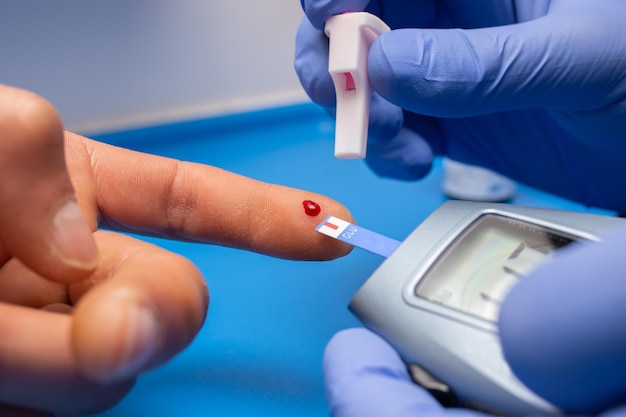
This plan focuses on small, consistent changes. Each day introduces one new habit, building momentum without overwhelm. Flexibility is built in—miss a day? Simply resume the next. The goal is progress, not perfection.
Begin by logging everything you eat and drink for 24 hours. Note the time, food items, and how you feel 1–2 hours after eating (e.g., energized, sluggish, hungry). This baseline helps identify patterns like sugar spikes or energy dips.
Protein slows digestion and blunts blood sugar spikes. Start adding a source of protein—such as eggs, Greek yogurt, tofu, or beans—to breakfast, lunch, and dinner. Even small amounts (15–20g per meal) make a difference.
Swap refined grains (white bread, pasta, pastries) for whole, fiber-rich options like oats, quinoa, sweet potatoes, or brown rice. Fiber slows glucose absorption, promoting steadier energy.
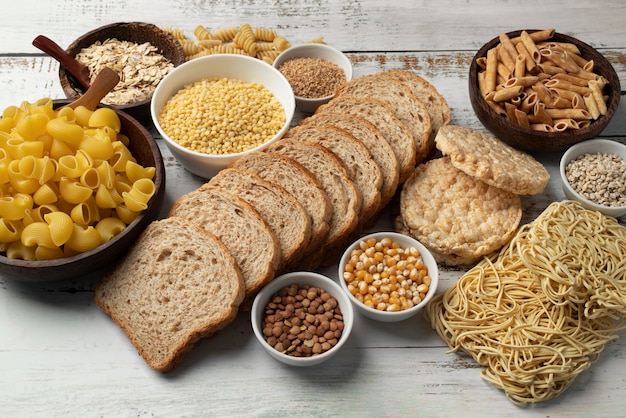
Eating slowly improves digestion and helps your body recognize fullness cues. Aim to chew each bite thoroughly and pause between bites. Try putting your fork down between mouthfuls. This simple act can prevent overeating and reduce post-meal discomfort.
Low-impact movement, like walking, helps muscles use glucose more efficiently. A short stroll after breakfast, lunch, or dinner can significantly reduce post-meal blood sugar spikes. No gym required—just step outside or walk around your home.
Dehydration can mimic hunger and affect glucose concentration in the blood. Start the day with a glass of water and aim to drink at least 6–8 glasses throughout. Replace one sugary drink with water or herbal tea today.
Vegetables like broccoli, spinach, peppers, and zucchini are low in carbs but high in fiber and nutrients. Add at least one serving to two meals today. Fill half your plate with veggies to naturally balance your carb intake.
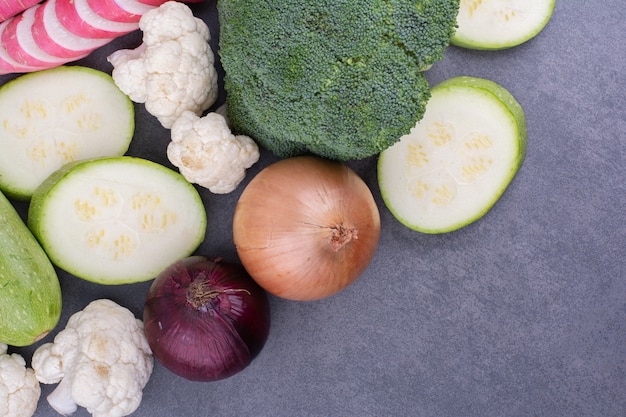
Poor sleep disrupts hormones that regulate hunger and insulin sensitivity. Aim for 7–8 hours of rest. Create a calming routine: dim lights, avoid screens 30–60 minutes before bed, and keep your bedroom cool and quiet.
Stress triggers cortisol release, which can raise blood sugar. Practice 5 minutes of deep breathing, gentle stretching, or meditation. Even a few slow, intentional breaths can activate your body’s relaxation response.
Revisit your food and mood log from Day 1. Compare how you feel now. Did energy levels improve? Fewer cravings? Better sleep? Note what worked and what you’d like to continue. This reflection helps turn short-term actions into lasting habits.
Life happens—meals get delayed, stress spikes, sleep suffers. This plan isn’t about rigid rules. If you skip a day, simply continue the next. The key is consistency over time, not perfection. Adapt steps to your routine: swap walking for seated movement if needed, or adjust meal timing to fit your schedule.
After the 10 days, choose 3–5 habits to maintain. Small, sustainable changes yield the best long-term results for blood sugar health.
Stabilizing blood sugar doesn’t require extreme diets or exhausting workouts. With this low-impact, flexible 10-day plan, you can build foundational habits that support steady energy, fewer cravings, and improved well-being. Start small, stay consistent, and listen to your body—it’s the most accurate guide you have.

Wellness

Wellness

Wellness

Wellness

Health
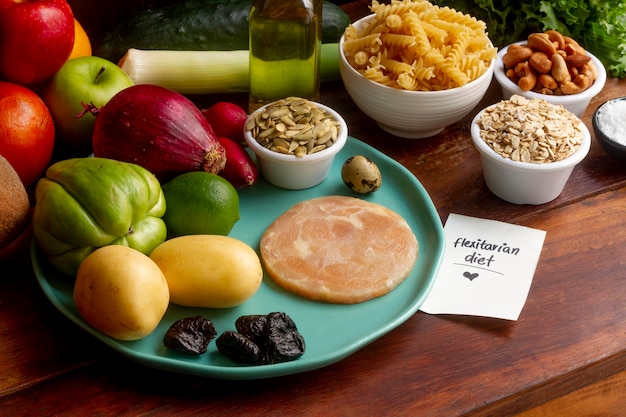
Wellness
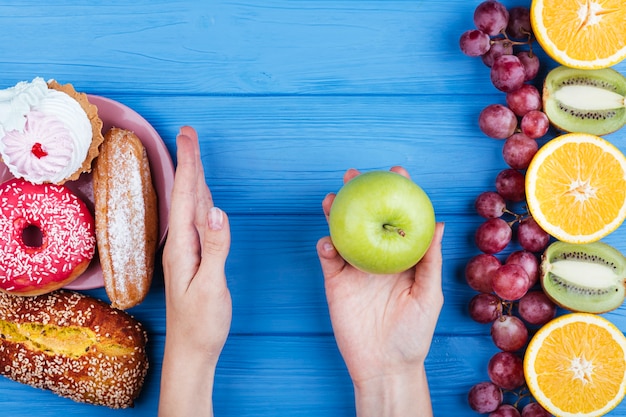
Health

Fitness

Wellness

Health

Fitness

Wellness

Health

Fitness

Health

Health